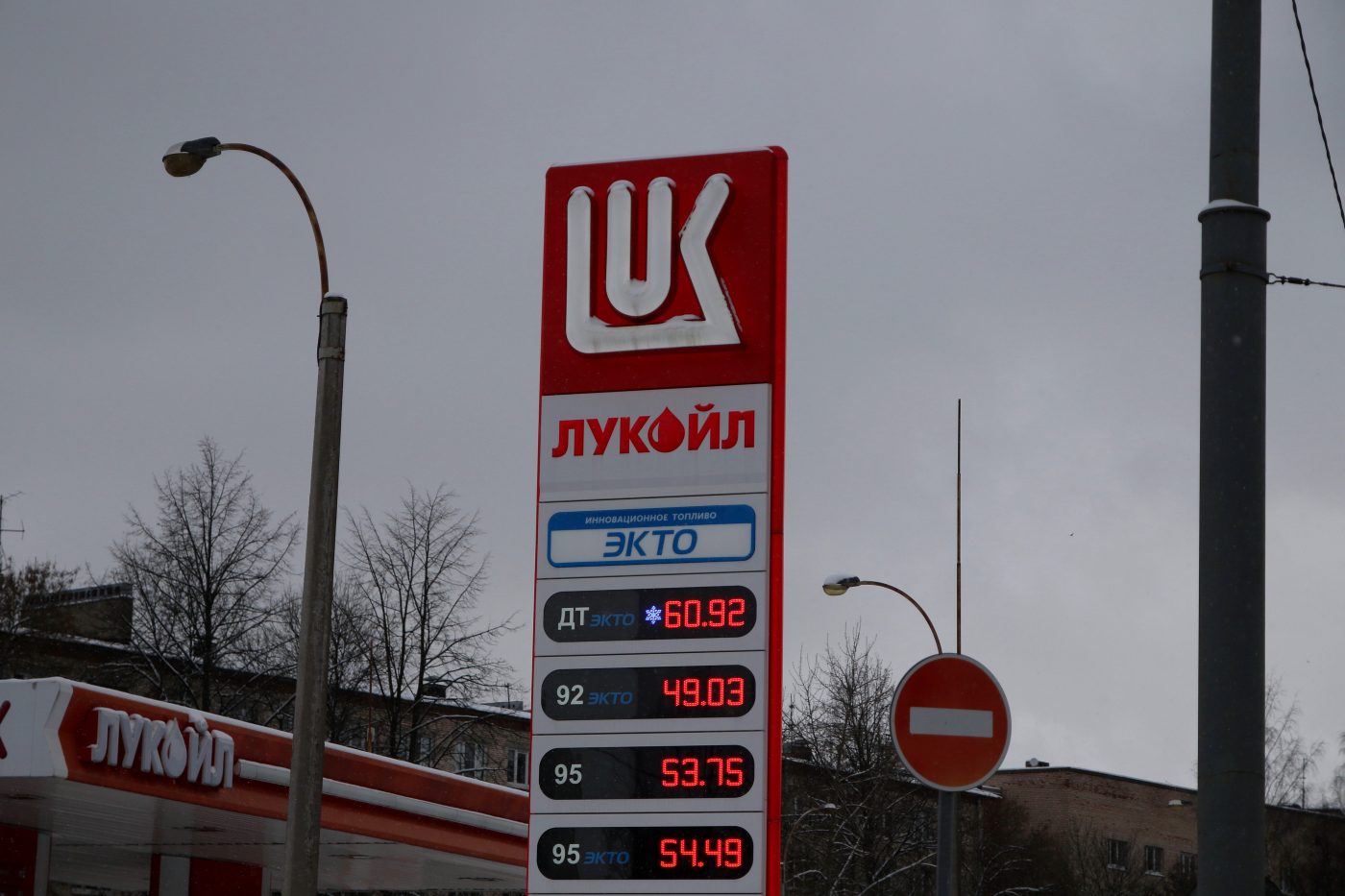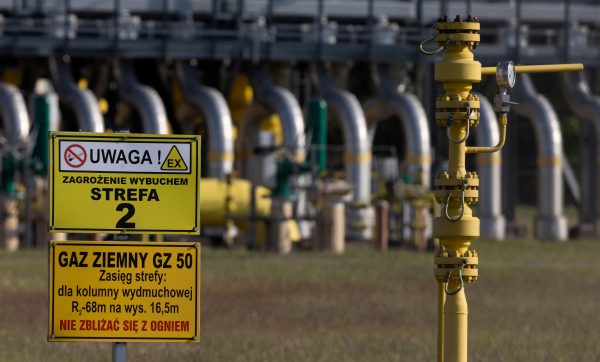The thwack of Western sanctions was unmistakable in the wake of Russia’s all-out invasion of Ukraine.
The US and democratic allies imposed unprecedented economic measures on Vladimir Putin’s regime, all the more impressive, given that weeks earlier Western allies had been squabbling about the new Nord Stream 2 gas pipeline to provide Germany with cheap energy. Russia is now the world’s most-sanctioned country, with more than 5,500 measures aimed against it.
As Russian armor moved through Ukrainian communities north of Kyiv and reports of extensive war crimes began to emerge, the sense of revulsion grew, and the withdrawal of Western companies from Russia became a stampede. This was a big moment — many Western companies had set up shop in the ashes of the Soviet Union in the 1990s. The pull-back was a sure sign of business and government moving in lockstep.
Or so it appeared. Almost a year later, some Western businesses are not only still operating inside Russia, but they are also assisting the war effort. Take Austria’s Raiffeisen Bank International and Italy’s UniCredit, which both say they are mulling a withdrawal while raking in significant profits in Russia. They are also, by order of the state, offering loan payment holidays to Russian servicemen fighting in Ukraine, according to a Reuters investigation on February 13. The European Central Bank, its Ukrainian counterpart, and many investors are unhappy, but there is no sign of either leaving the country. A bank is not “a sausage stand,” Raiffeisen CEO Johann Strobl has explained.
Updated research from Yale School of Management, the gold standard for Western companies’ Russian market engagement, was published on February 12 and showed a very mixed picture. It was far from encouraging.
Raiffeisen and UniCredit are two of 210 firms that Yale assesses are “digging in” and “just continuing business as usual in Russia.” While many of the companies in this category are Chinese, there are numerous French, German, and Turkish entities included. Overall, it’s assessed that close to 1,200 firms have withdrawn or scaled back operations, while 374 are continuing to operate.
This is to some extent explained by the haphazard nature of the sanctions imposed both in 2014 when Russia began its unprovoked war in Ukraine, and in 2022, when the all-out invasion was launched. Taken together, these not only failed to deter Russia (which was explicitly told it would face unprecedented measures before the February 24 attack) but have — to some extent — failed to do the damage which was promised.
The West has never stated its aim, beyond a desire to curtail and punish the Kremlin. As the Economist Intelligence Unit’s Agathe Demarais stated, “The confusion around the effectiveness of sanctions stems from a lack of clarity about their goals.”
Sanctions were never going to halt Putin’s invasion. He had a substantial war chest (even if the West has frozen more than $300bn of Russian state assets) and has a continuing income from hydrocarbons. While the aim of hurting the Russian economy achieved some initial success, it remains unclear just how much. Clearly, some Western companies feel free to operate in Vladimir Putin’s Russia and equally clearly the Russian authorities have proved successful in deflecting the full impact of Western measures.
That’s illustrated by the numbers. Early predictions during 2022 suggested Russia’s economy was tanking and headed for collapse, with some experts arguing the country’s gross domestic product (GDP) would fall 7-8% in one year. In reality, there was only around a 2.5% decline. This year, the IMF forecasts that GDP will grow by an anemic 0.3%. That’s not as bad as it might be but there are real signs of underlying weakness in the economy — real wages are falling, consumer demand is slumping and inflation hit 11.5% in January.
Throughout the war Russia has maintained trade with other countries like China though by exporting goods like oil, gas, coal, and uranium and working with the Organization of Petroleum Exporting Countries (OPEC) to export their oil, which has ultimately helped keep their economy afloat. While Russian fossil fuel income reached $1.08bn a day in the second quarter of 2022 as prices rose. That is forecast to fall to around $560m a day this month, but it remains an enormous source of revenue.
Putin and his ministers are, however, not free to spend that money as they please. As autopsies on Russian missiles have shown, the Kremlin’s high-tech arms are reliant on Western components and sanctions have reduced that flow. It is even struggling to supply sufficient artillery ammunition.
A year on, sanctions have had less impact than originally hoped in the short term, but the jury’s still out on the medium- and longer-term effects. Measures like the oil price cap on Russian exports have had a significant effect, underlining the need for allies to play the long game and continue with coordinated and sustained pressure on Russia. Economic measures have a corrosive effect, weakening elements in the Russian supply chain and — hopefully — causing an ultimate collapse.
Krista Viksnins is a Program Officer with the Transatlantic Defense and Security Program at the Center for European Policy Analysis (CEPA). Her interests include Baltic security, cyberwarfare, the rule of law, and congressional relations. Krista received her J.D. from the University of St. Thomas School of Law and her B.A. in Political Science and Spanish from St. Olaf College. She is also a licensed attorney.
Europe’s Edge is CEPA’s online journal covering critical topics on the foreign policy docket across Europe and North America. All opinions are those of the author and do not necessarily represent the position or views of the institutions they represent or the Center for European Policy Analysis.





